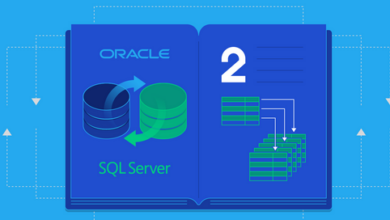4 Mental Health Challenges You May Face After a Car Crash
Being involved in a car accident can do more than destroy your vehicle or cause physical injury. There is often a lot of emotional and mental injury that occurs after you have been involved in an accident that might require the help of a professional.
After you have been injured in a vehicle accident, there are some mental health challenges that you might have to endure long after your body recovers. Follow this link if you’ve been hurt in a collision and you need more information and resources. If you are experiencing any of the following, it might be time to seek out a therapist or psychologist who can ease your symptoms.
Perpetual Anxiety
For many people, simply riding in a vehicle again after having been in a serious car crash can be a terrifying experience. This anxiety can last for weeks after a crash or even months later. In some of the worst cases, some people might find it difficult to drive a vehicle themselves as the anxiety and fear of crashing can be too much for them to manage.
Even a simple smell or the sound of something that reminds survivors of the accident can have a debilitating effect as well. Anxiety can be in the form of some of the following symptoms:
- Tightening of the chest
- Muscle tension
While these symptoms are what typically occurs right before a car crash survivor has to ride in a vehicle, this type of stress can cause other health problems as well.
Post-Traumatic Stress Disorder
In most cases, if there is any type of stress disorder associated with a car crash, it would typically be acute and only last for a short while. However, in more severe cases, the stress can be an ongoing issue that lasts for months and even years after the incident depending on the circumstances.
For instance, if someone was seriously injured or even killed as a result of the accident, this could cause severe stress in you, and you should be treated by a mental health professional. Some of the symptoms of acute and post-traumatic stress disorder are as follows:
- You find yourself having frequent visions of the car crash
- Trouble connecting with people emotionally
- Hyper alertness, hypervigilant, and even paranoid
Anger and Resentment
If you blame yourself for the accident or even someone else for that matter, you might find yourself feeling angry and even resentful towards them or yourself. Regret is often one of the main emotions as most people tend to think about ways that they could have prevented the accident.
At the end of the day, you cannot beat yourself up about something that you have no power to change. All you can do is try to make the best out of each day going forward, and take care of your mental health.
Depression and Suicidal Thoughts
Not taking care of your mental health after having such a traumatic experience can definitely lead to depression and thoughts of harming yourself. If the emotions become too heavy for you to deal with on your own, it is imperative that you seek the help of a professional, especially if you have thoughts of suicide.
Depression can be a debilitating mental illness as it can hinder you from enjoying time with loved ones, working, or just going about your everyday life in general. If you need help immediately, you can always call the National Suicide Prevention Lifeline, and you can talk to someone at any time of the day.
Not every accident is a little fender bender, and the aftermath of the accident can be quite devastating in some cases. Even if lives aren’t lost, sometimes the injuries that are sustained can be so serious that a person’s life is changed forever. Whether you are dealing with depression because you were injured in an accident or someone died, there is always help available for you, so you can get through the upcoming days.




